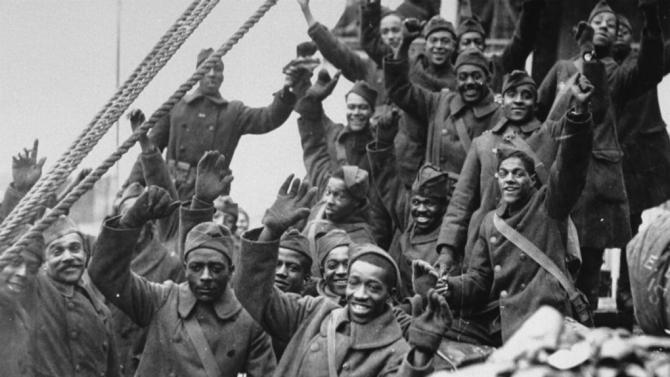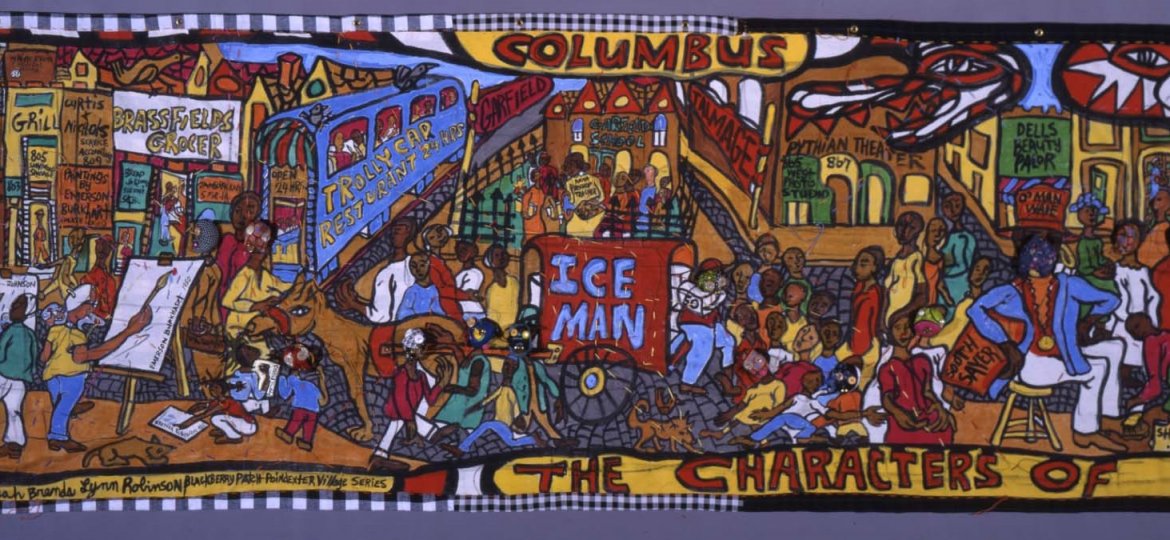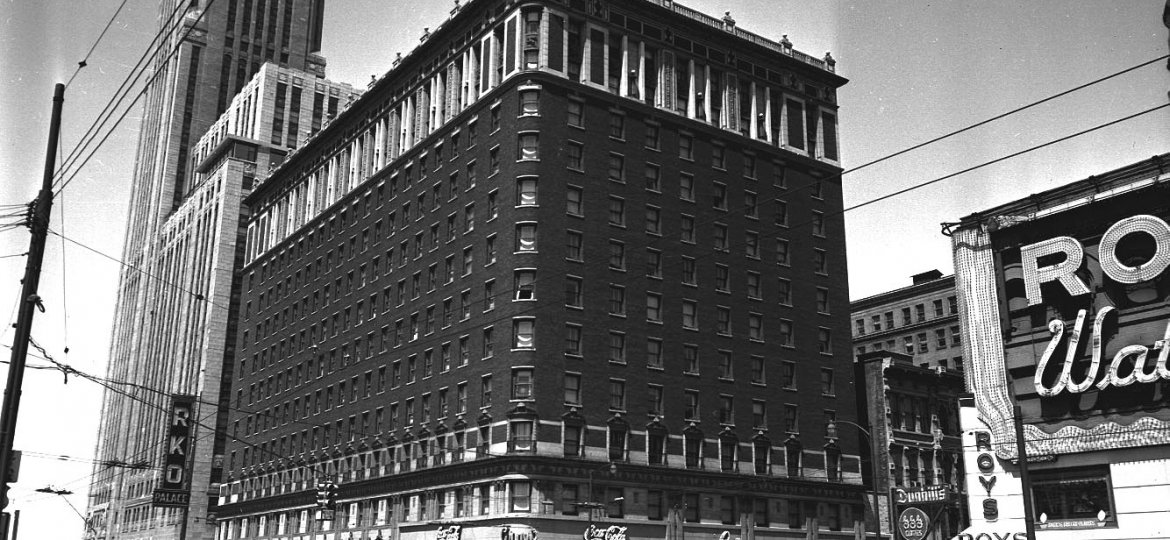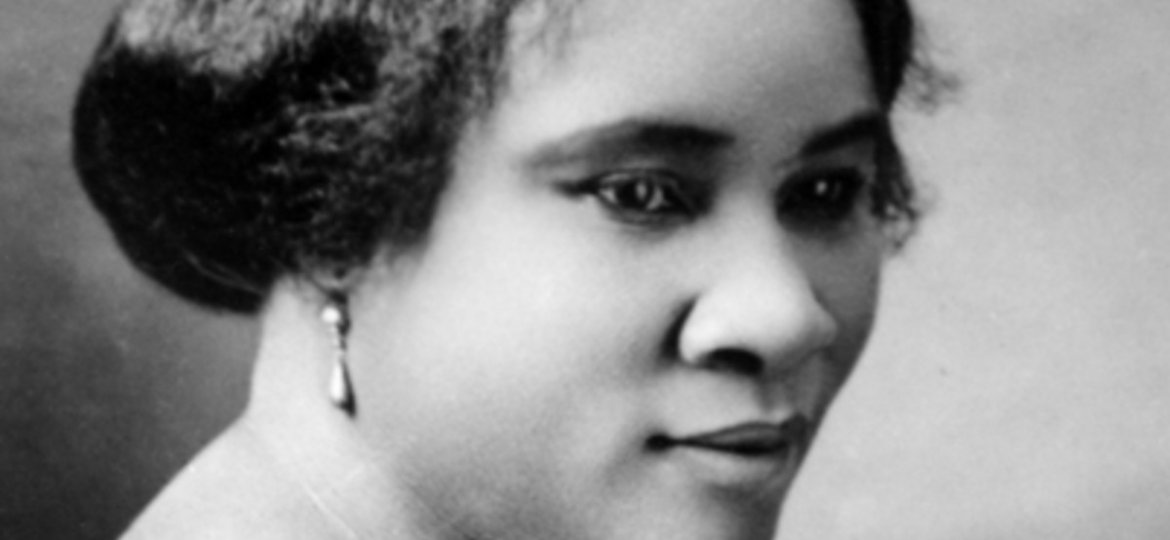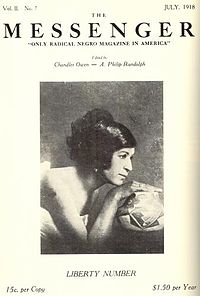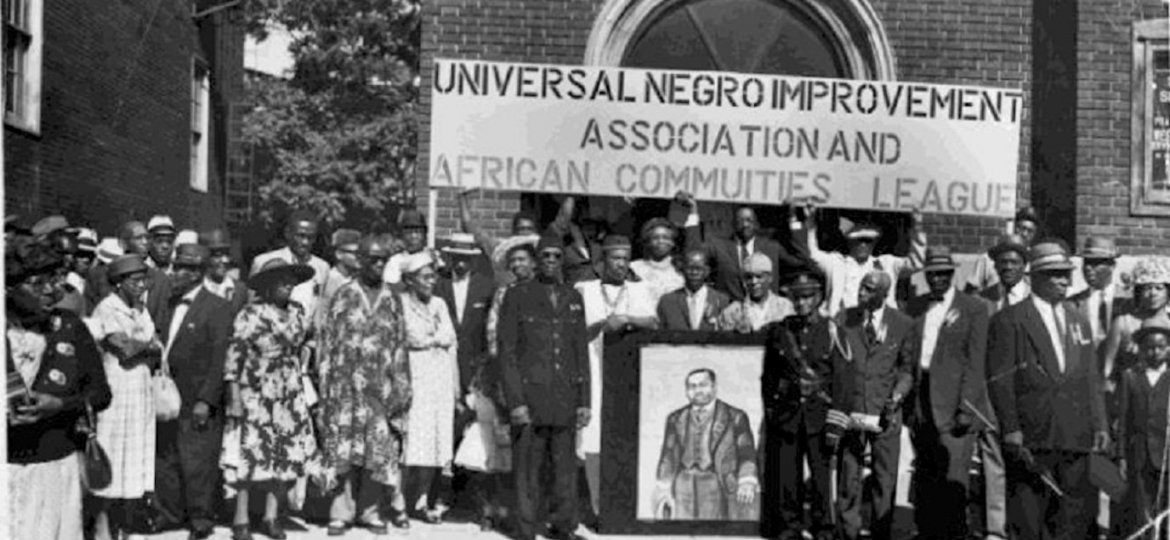This all-Black regiment – called the Black Rattlers in the US, The Men of Bronze by the French and The Harlem Hellfighters by the Germans – also has a marching band of renown. The lavish parade thrown upon their return to Harlem marks the beginning of what we refer to as the Harlem Renaissance.
FeaturedCATCO.Admin
Black citizens in Columbus celebrate Emancipation Day with a parade on Mt. Vernon for many of the Knights of Pythian lodges, a gathering of the Colored Women’s Suffrage Association of Columbus (where Dora Sandoe Bachman, first woman elected to the Columbus School Board, speaks), and a large picnic at Glenmary Park, a large nature park near Worthington on Route 23 across from Camp Mary Orton. The mural you see here was painted by Ms. Aminah Robinson in 1993.
When the building is razed half a century later, excavators find a letter written by John Deshler, the hotel’s proprietor. The hotel will be one of the few to allow for integrated workforce and clientele during through the teens and twenties.
By all accounts the wealthiest Black woman in America, Madam Walker had built a cosmetics empire selling Black cosmetic products to people who hadn’t been considered a market before.
The Ohio State Journal publishes a weekly in a column entitled “Afro-American News” and written by Ralph Tyler. News covered by this special feature will include social events, church happenings, house parties, marriages, fraternal and lodge news, rallies, Sunday school classes, reading circles, and families entertaining out-of-town guests. It is thought that the word “Afro-American” first appears in Columbus.
Claude McKay published “Two Sonnets” under the pseudonym Eli Edwards for his first publication. The end of the first of these pleads to the Ancestral Spirit “Lift me to thee out of this alien place So I may be, thine exiled counterpart, The worthy singer of my world and race.”
In March 1917, Nimrod Allen helps foster partnerships with civic groups, school leaders, NAACP, YWCA, and YMCA to form the Federated…
The magazine raises awareness of workers’ rights among Blacks in the US while challenging both the reactionary Tuskeegee philosophy led by Booker T. Washington and the NAACP, then most closely associated with Du Bois.
The UNIA’s separatist “Back to Africa” Movement’s controversy lay mainly in the sheer power Garvey seemed to wield, as evidenced by their rapidly-increasing membership and lavish parades through Harlem.
10,000-15,000 people march down 5th Avenue in the Silent Parade. The parade marks an important step in the NAACP’s efforts to bring attention to the lynching problem roiling much of the country.


